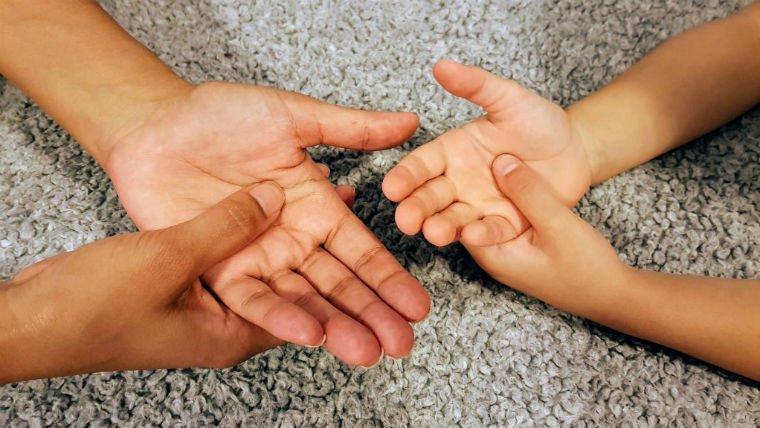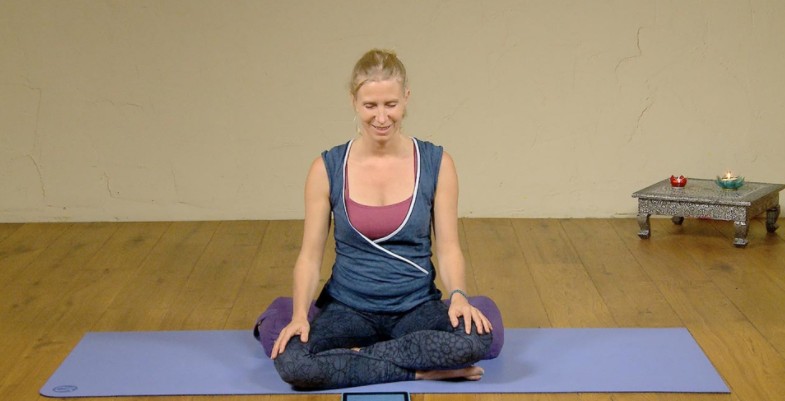For centuries, practitioners have been mapping the human body and linking various limbs, organs, immune responses and even emotions to specific energy points.
These ‘points’ are referred to in Chinese Medicine as Acupuncture or Acupressure points, and in Ayurveda and yogic healing as Marma points. This isn’t to say that the two systems discount each other – many books on marma points also speak of meridians and many books on acupuncture mention chakras. According to both Ayurveda and Chinese Medicine, energy (prana or chi) can stagnate in these points. Both systems have healing practices focused on freeing this energy, whether through acupuncture or acupressure, Ayurvedic massage or even visualisation – like in Esther’s class below.
Marma points are energy points in the body used for healing in Ayurveda. They can be compared to acupuncture points in Chinese Medicine.
Literally translated, marma means ‘a point that can kill’, and indeed some of the marma points have been identified and used in martial arts, however in marma point massage, these points are only used for healing purposes! They’re also identified as neurolymphatic points, stimulating the removal of lymph and enhancing the efficiency of the body’s organs.
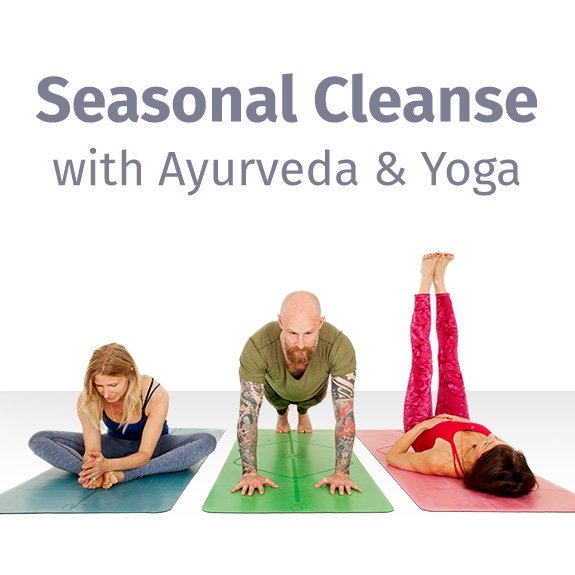
Learn more about Ayurveda in our Seasonal Cleanse Program
The focus of marma point massage is primarily to manipulate subtle energy or prana, but physically they’re also very effective for relieving stiff muscles and boosting circulation. Marma therapy is used extensively throughout Ayurveda, and is considered important in self-care and self-healing practices. Just as many of us are (re)discovering through yoga, the key to greater health and happiness doesn’t necessarily lie outside of us, but instead is quite literally at our fingertips.
There are said to be 107 marma points on the body, each serving a particular purpose, and each with its own name and specific way of massaging it. Different oils are used depending upon each person’s Ayurvedic dosha type.
- Read more about Ayurveda and the doshas
Marma points are measured in anguli or ‘finger units’. For instance; the marma point Hridaya (meaning ‘heart’) is found at the sternum, and measures four anguli in size. It is best massaged in a broad and gentle way with the palm of the hand with sesame oil in order to calm the energy of the heart. Mustard oil can be used to enhance circulation, and acupressure at this point can help relieve stress and negative emotions. Try it for yourself – even just placing your hand here can have a calming effect.
How to give yourself a marma point massage
One of the best things about knowing where certain marma points are located, is that you can utilise them and use a gentle self-massage technique wherever and whenever you are! Keep reading for three marma points you can massage daily to help you feel vibrant and well wherever you find yourself!
Talahridaya
Known as the point at the ‘heart of the hand’, this marma point is found at the center of the palm, and measures ½ anguli (half a finger unit) in size.
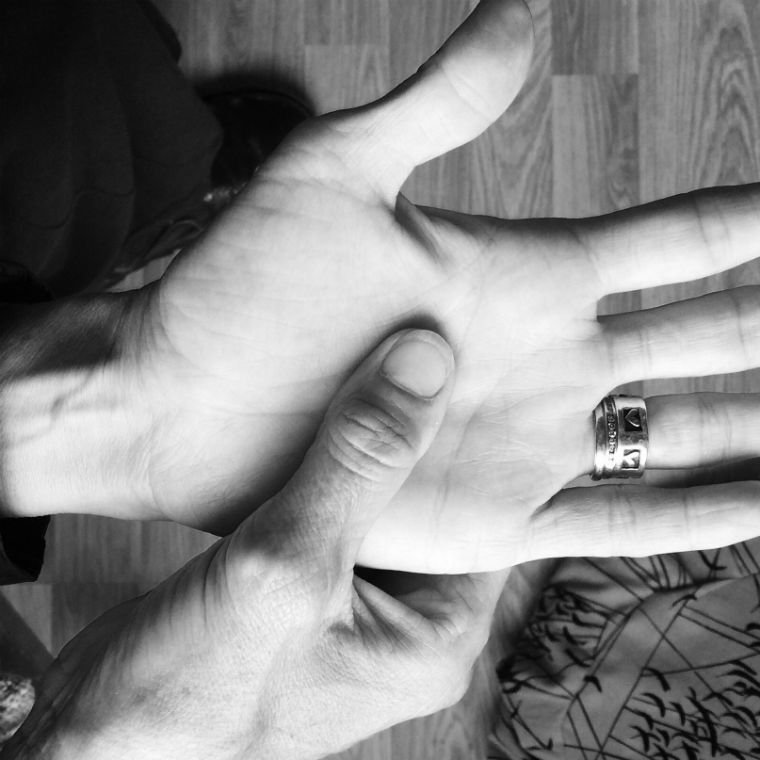
This point is closely linked to Anahata, the heart chakra, and is thought of as an important point in stimulating circulation throughout the whole body. It links closely to the lungs and respiratory health, and is also a vital marma point to work with regarding communication. Therapists who use their hands can also massage this point before a treatment to enhance the flow of prana to the palms.
Massage this point in a strong, circular motion for roughly five minutes. Sesame or almond oil is best used, with essential oils like eucalyptus for opening blocked sinuses or ‘energising’ the hands. You can also energise the point further by rubbing the palms together until they feel warm.
Indrabasti
Referring to the God Indra’s arrow, this point is found at the center of the calf muscle, and measures approximately ½ anguli (half a finger unit).
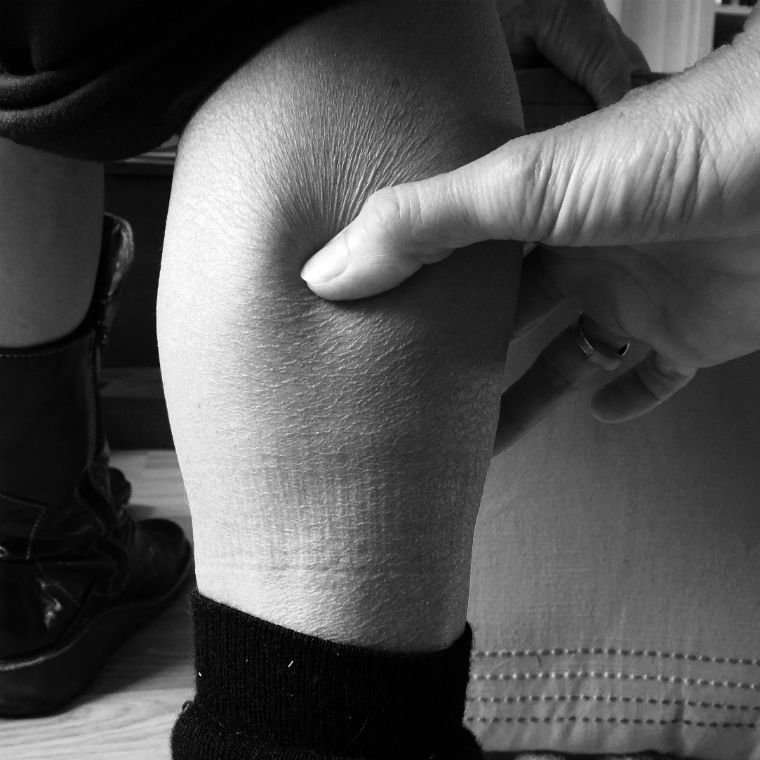
Massaging the calves is important to do daily, as they can very easily become tight, but also because they’re one of the most important parts of the body regarding blood flow! They are sometimes referred to as the ‘second heart’ pumping the venous blood back up to the heart through the veins as they contract and release through movement and exercise. When they’re unable to work efficiently, the heart has to work a lot harder. Another reason to get up out of your chair as much as you can!
In Ayurvedic marma therapy, this point is said to control the digestive system and the activity of the small intestine. Massage this point with a strong, circular motion for roughly five minutes. Acupressure here can increase agni or ‘digestive fire’ and digestion, especially when your massage oil is combined with essential oils like fennel, ginger, cinnamon or black pepper.
Phana
Meaning ‘a serpent’s hood’ and found at the sides of the nostrils.
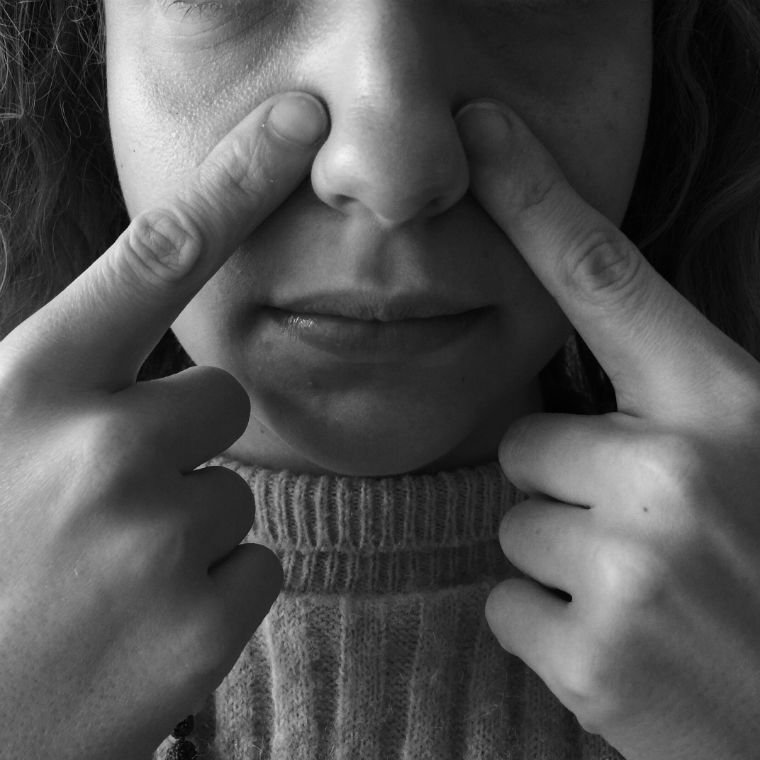
Each of these two points measures ½ anguli (half a finger unit) in size, and is located just outside the base of the nose, where the nostrils open out. These points are said to control the flow of prana through the subtle body, the sense of smell, and the sinuses.
To massage these points, use a strong and circular motion for about five minutes simultaneously. When using the index finger for acupressure at this point, it is said to help relieve headache symptoms and sinus congestion, and can be even more effective when coupled with aromatic oils like peppermint, eucalyptus or camphor. Choose a massage oil such as mustard or apricot oil if available.

